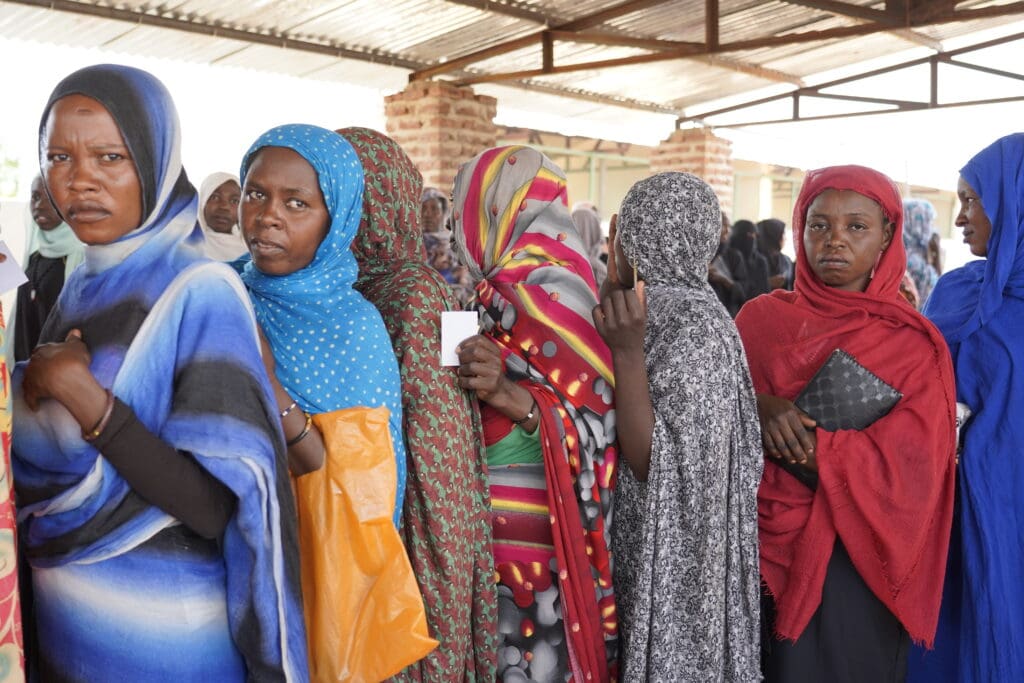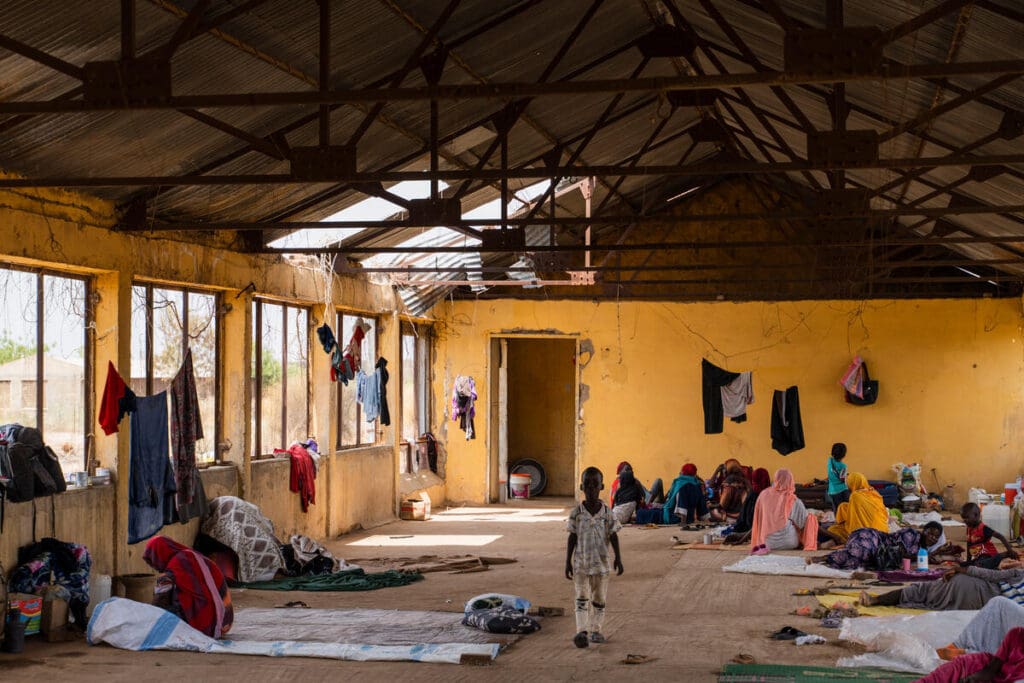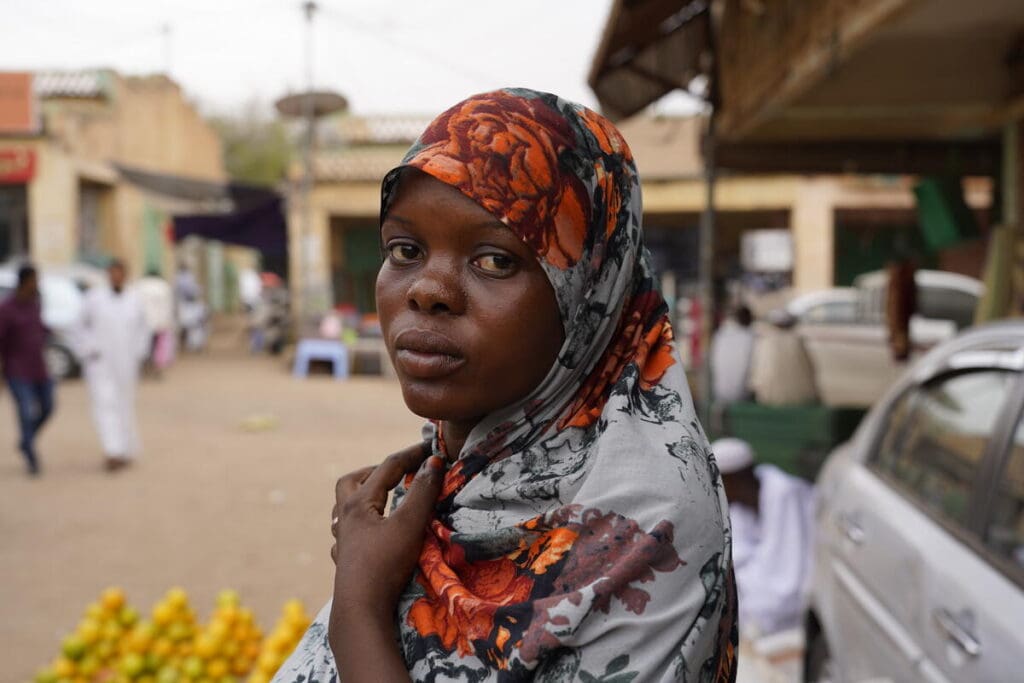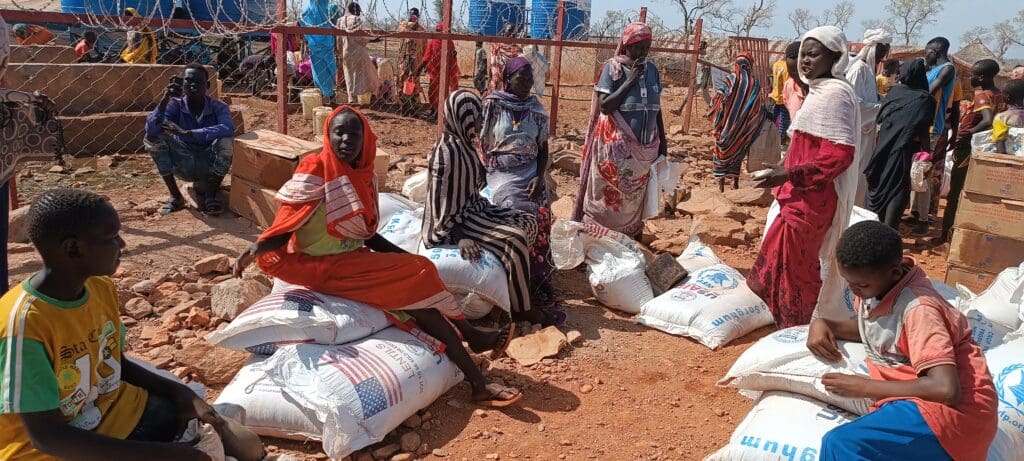What’s Happening in Sudan? Explainer on the Current Conflict and Its Effects on Humanitarian Aid to Civilians

Over the past year, fighting between military groups in Sudan has created a humanitarian crisis, with catastrophic levels of death, displacement and hunger. Humanitarian organizations are working to deliver aid as quickly as possible and ensure the safety of their staff in this rapidly evolving situation.
This conflict is just the latest in a complex history of war in Sudan. We’ll briefly explain what’s happening in Sudan, the history of how the conflict evolved and how it’s affecting Sudanese civilians.
Related: 8 Current Conflicts in the World Today and Their Effects on Global Hunger
What Is Going on in Sudan Right Now?
The current conflict began on April 15, 2023, when fighting erupted between two rival groups in Sudan: the Sudanese Armed Forces (SAF) and the Rapid Support Forces (RSF). Fighting started in urban centers and has spread throughout much of Sudan, killing more than 14,700 people and displacing another 8.8 million people. Fighting has only intensified over the past year, as multiple attempts at treaties and ceasefires have failed. As humanitarian organizations try to deliver aid, many have suffered damage and losses.

Basic Facts About Sudan
Sudan has a population of 46 million people (about twice the population of Florida). It’s located in northeastern Africa and shares borders with Egypt, Libya, Chad, the Central African Republic, South Sudan, Ethiopia and Eritrea, along with a coast on the Red Sea.
65% of Sudan’s people live in poverty. Before this recent conflict erupted, 15 million people (30% of the population) already faced extreme hunger. In recent years, the compounding impacts of the climate crisis have resulted in severe droughts and floods which have made food even harder to find or afford.
The current violence has the potential to plunge millions more into poverty and hunger.
The History and Background of Conflict in Sudan
Since its independence from Great Britain and Egypt in 1956, Sudan has experienced internal conflict. Most notably, in 1989, Omar al-Bashir seized power in a military coup and remained Sudan’s president for the next three decades.
During al-Bashir’s rule, conflict between northern and southern Sudan resulted in the south’s secession, creating the world’s youngest country, South Sudan, in 2011. The secession sent shockwaves through Sudan’s economy as it lost vital resources and revenue.

As Sudan’s economy deteriorated, Sudanese civilians demonstrated in mass street protests. They demanded economic reforms and the removal of President al-Bashir. A military-civilian government was soon created, but that was also overthrown in 2021 when General Abdel Fattah al-Burhan took over.
Since then, the country has been run by a council of generals led by two military figures at the center of the conflict:
- General Abdel Fattah al-Burhan who leads the Sudanese Armed Forces (SAF) and is the country’s acting president.
- His deputy, General Mohamed Hamdan Dagalo who leads the Rapid Support Forces (RSF), a paramilitary group.
An agreement was signed by the military council to transition Sudan back into civilian rule in 2023, but arguments between the two generals over the transition process led to rising tensions that erupted into conflict between their military groups on April 15.
How Is Violence Affecting Civilians?
The violence has forced millions of civilians to flee their homes. More than 2 million people have sought safety in neighboring countries and over 6.5 million people are internally displaced. The U.N. Office for the Coordination of Humanitarian Affairs has reported widespread shortages of food, water, medicine and fuel in Sudan. People’s houses have also been looted and burned. Food and fuel prices have skyrocketed as cash and basic supplies are running out in the country. The destruction of hospitals and vital infrastructure has caused disease to spread.
Humanitarian agencies have documented multiple cases of women and girls suffering harm from gender-based violence during conflict. Over 25 million people in Sudan are facing extreme hunger and need humanitarian assistance.

What Is Being Done to Help People in Sudan?
Shortly after the conflict began, the U.S. and other countries helped to broker a 72-hour ceasefire to allow civilians to evacuate and for the two sides to initiate peace agreements. However, fighting has continued.
Humanitarian agencies are struggling to deliver aid to people in Sudan amidst the fighting. Multiple aid organizations have reported their warehouses being looted and – in a few instances – their staff killed in the conflict.
After a brief pause in its operations due to these security concerns, the United Nations World Food Programme (WFP) restarted its lifesaving operations in Sudan to meet the immediate needs of refugees, host communities and internally displaced people. While the security situation is still highly precarious, we are committed to supporting the people of Sudan. We have already reached over 6.8 million people with food aid since the conflict began.

We have been present in Sudan since 1963, delivering food through conflicts and natural disasters. Conflict is the number one driver of hunger in the world, and the recent fighting in Sudan is just the latest example of its awful impacts.
With your help, we can save lives in conflict zones and deliver food to those who need it most.




